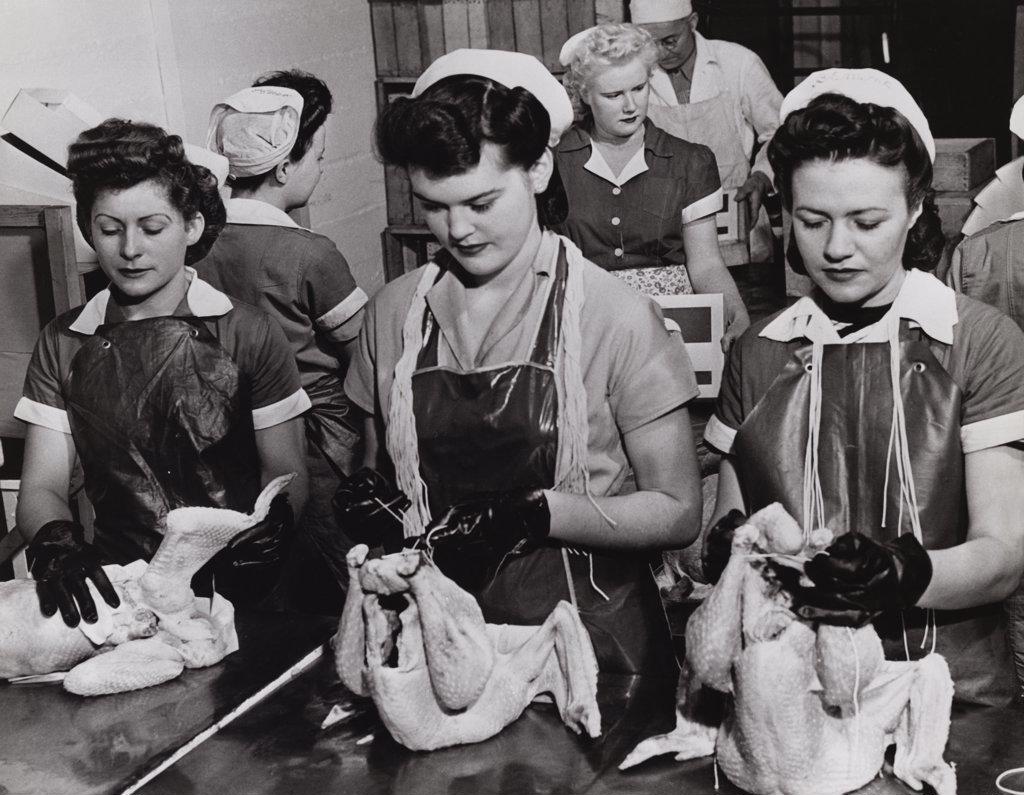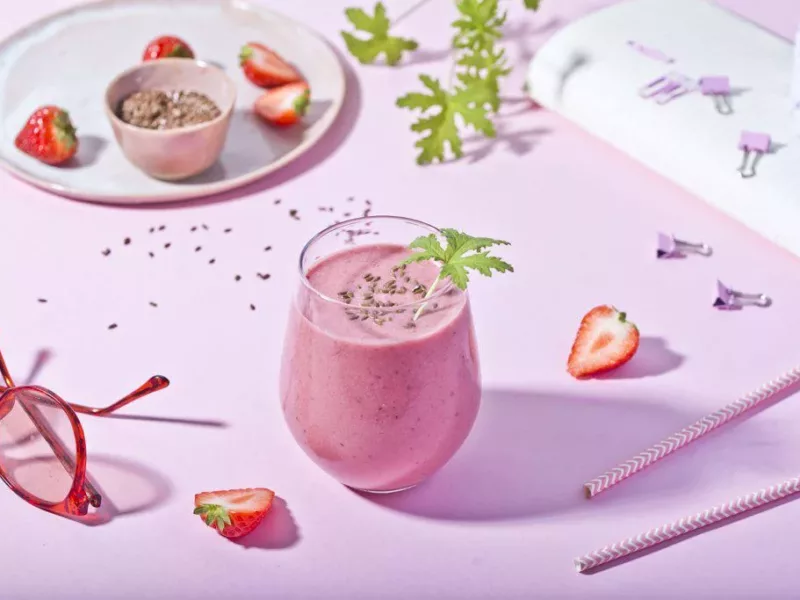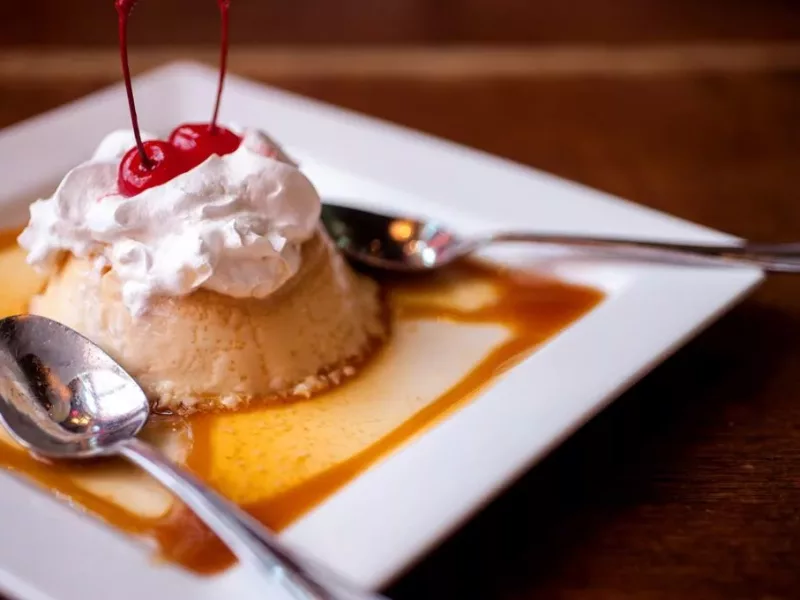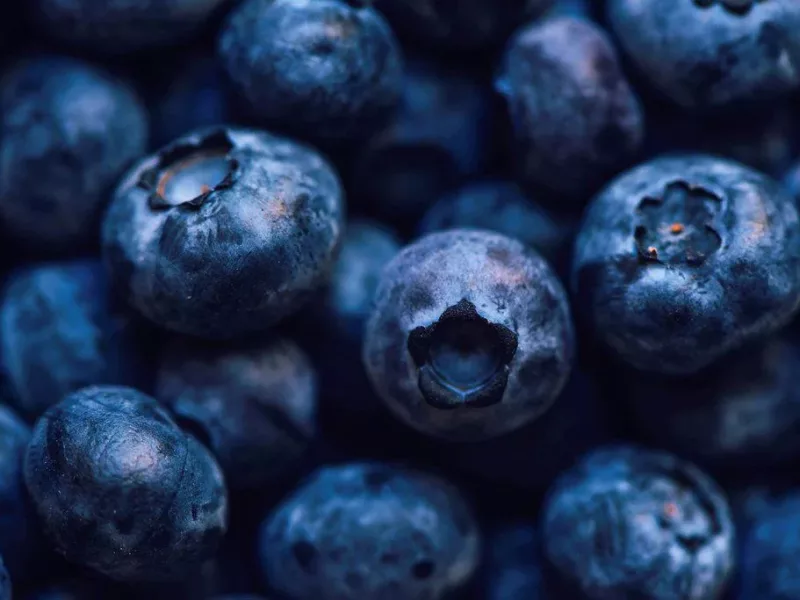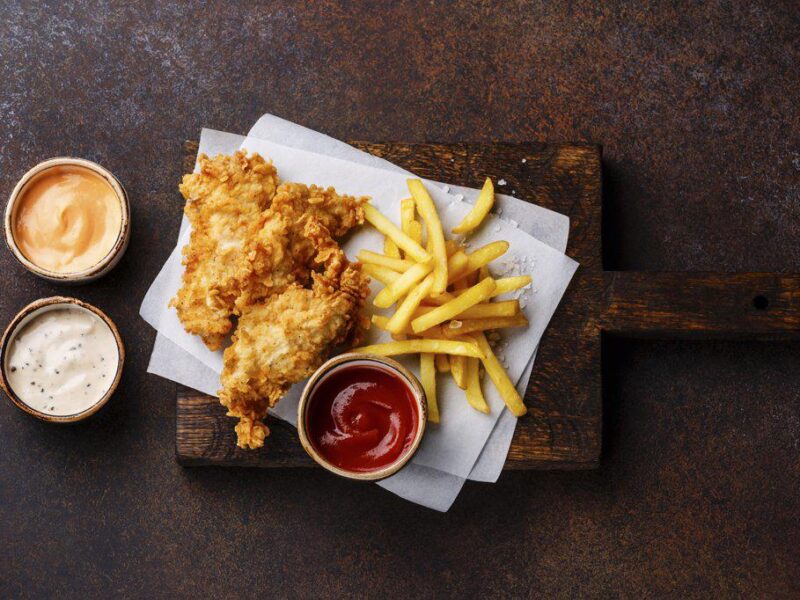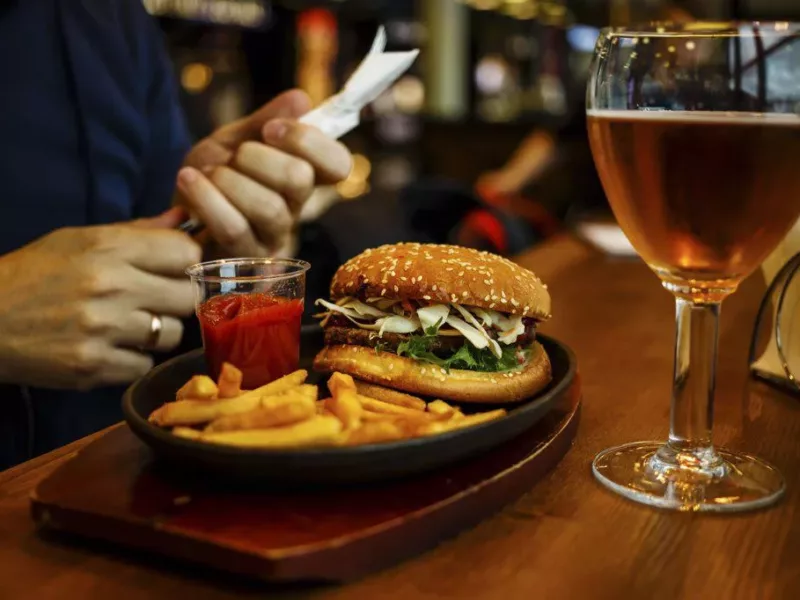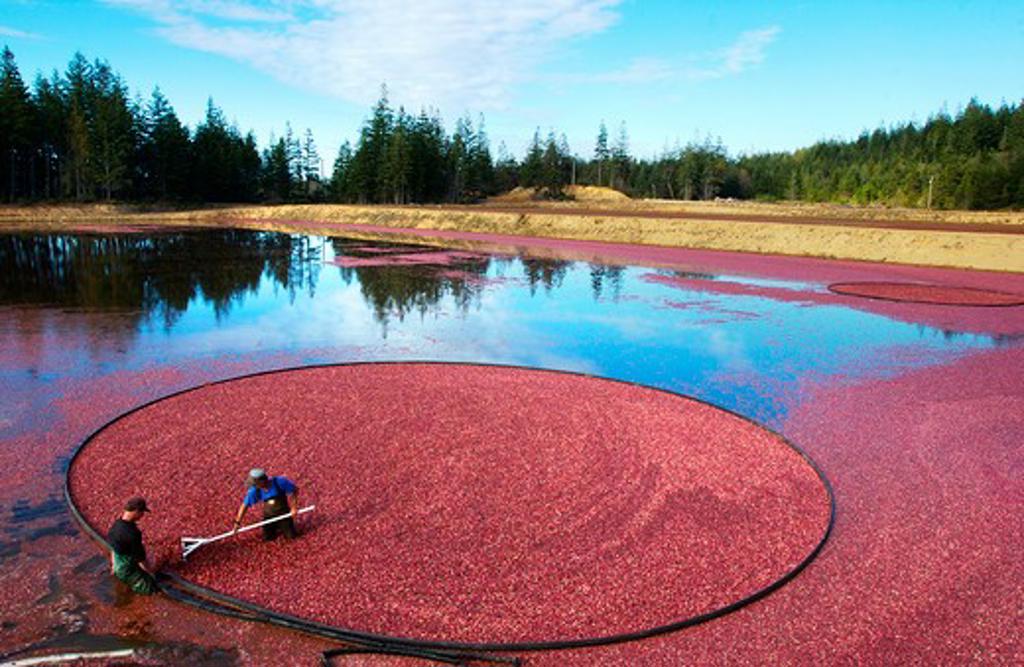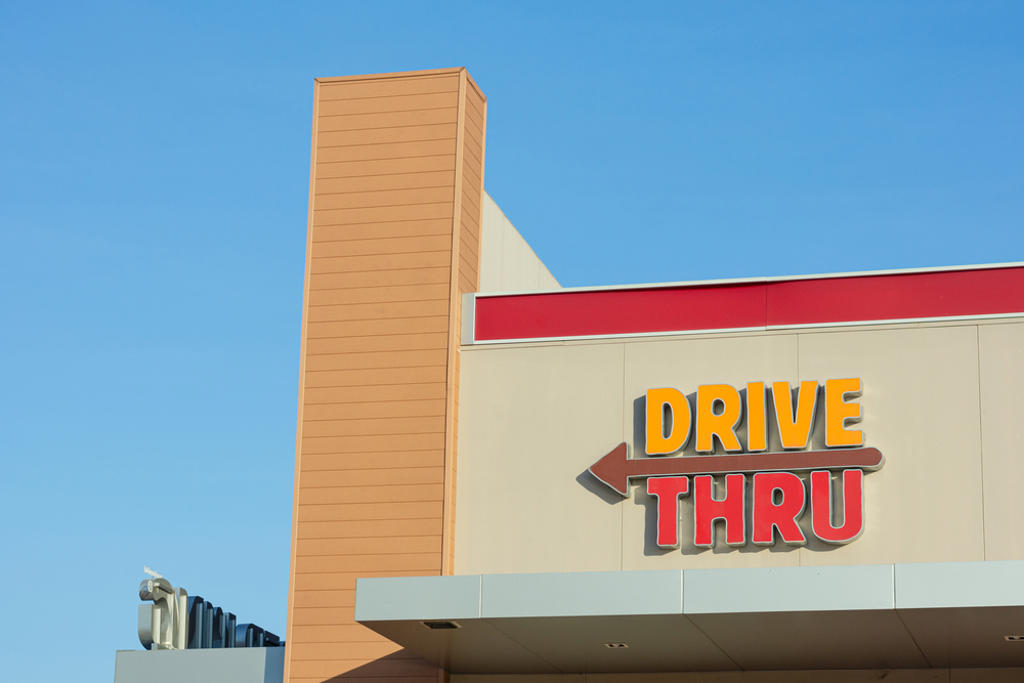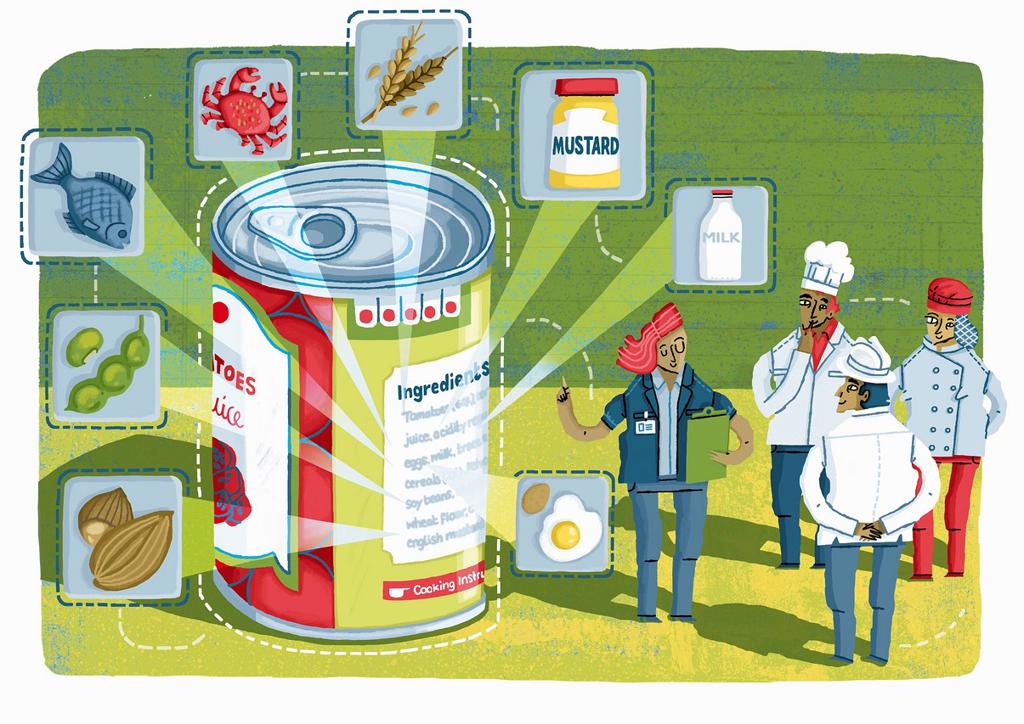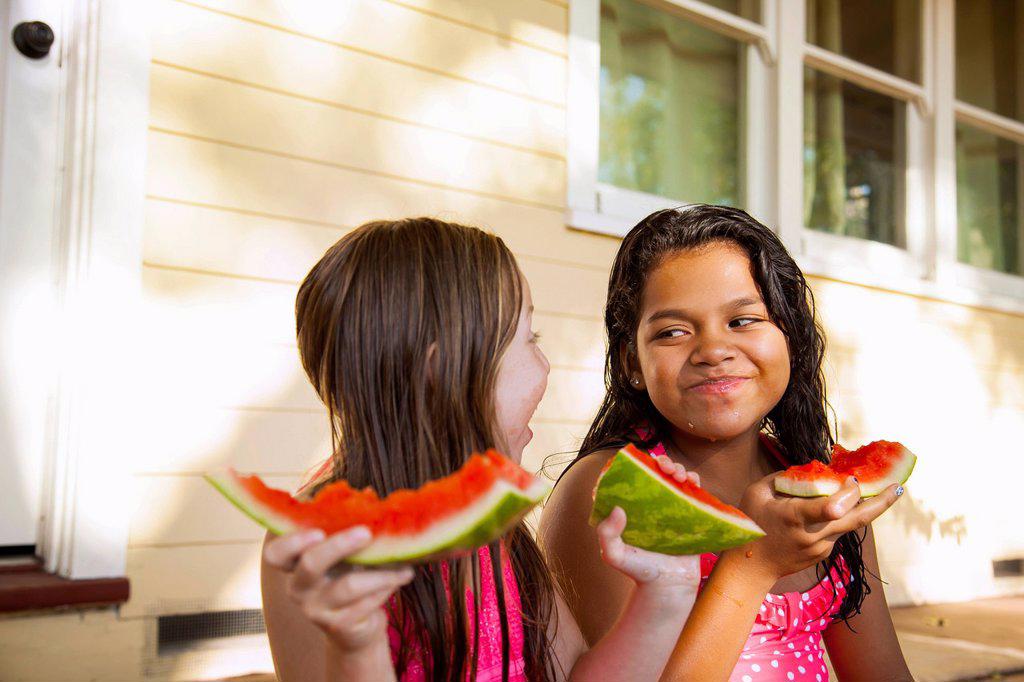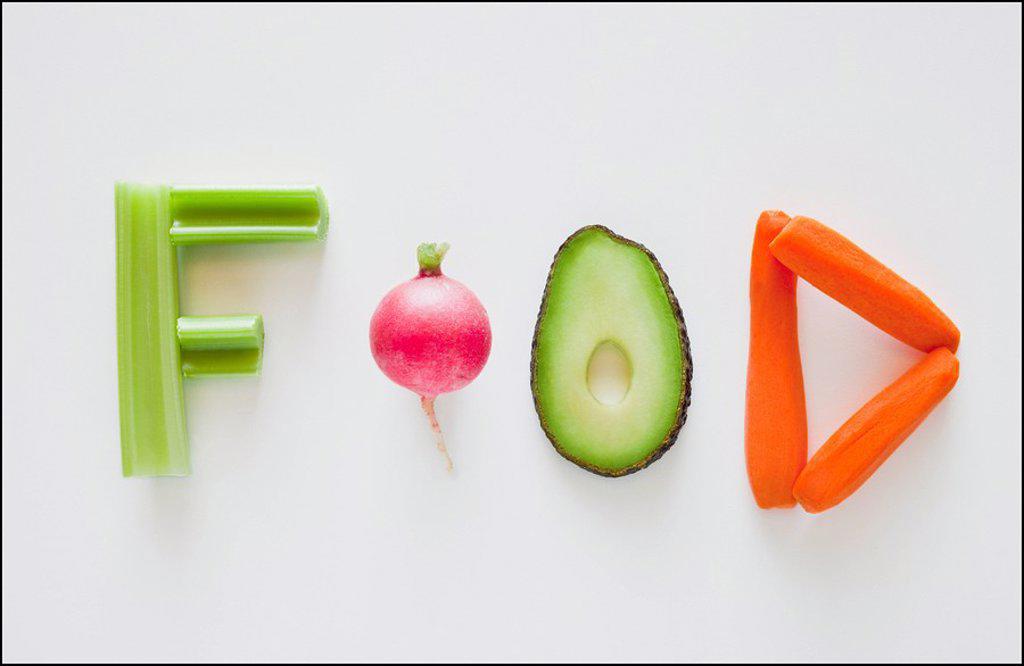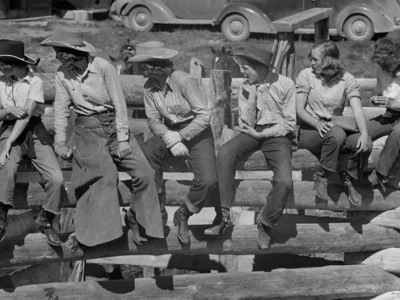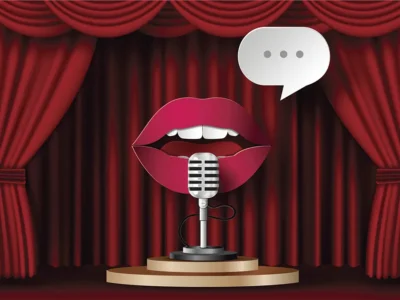Food for Thought: 5 Tasty Trends for Food Marketing
- What are the three biggest challenges for the restaurant industry?
- Have you had your botanicals today?
- What is the most important part of food packages?
A compelling argument can be made that the part of the human anatomy responsible for more consumer spending than any other body part are those tiny cells found on your tongue. They allow you to perceive tastes, including sweet, salty, sour, bitter and umami. These cells even have a friendly little name. They’re called taste buds.
These little buds are responsible for driving trillions of dollars of food and beverage sales worldwide, every year. Money spent on food and nonalcoholic beverages is staggering. For example, in 2022, US consumers, businesses, and government entities spent (US) $2.39 trillion on food and beverages in grocery stores and other retailers as well as on restaurant meals and snacks.
What This Means for You — The food and beverage industry is massive. Why? We all must eat. And like a great meal, the presentation is everything. This puts pressure on brands and agencies for better marketing stories. The following menu of food marketing trends will hopefully feed your mind and make your taste buds sit up and take notice. It will also help you craft campaigns that enable your products to look good enough to eat. Bon Appetit!
*****
Craving visual inspiration for your next food project? Dive into our mouthwatering gallery of licensed food images and find the perfect shot to tantalize your audience’s taste buds!
*****
Five Food and beverage trends guaranteed to get brands and their agencies salivating in the coming months
Botanicals Are Booming
Just in case you slept through that botany class in college, a botanical is a plant or plant part valued for its medicinal or therapeutic properties, flavor, and/or scent. Products made from botanicals that are used to maintain or improve health are sometimes called herbal products or phytomedicines. Popular botanicals include cranberry, saw palmetto, soy, garlic, gingko, St. John’s wort, milk thistle and ginseng.
The International Food Information Council (IFIC), a research arm of the food and beverage industries, keeps track of what’s hot on the store shelves and eating establishments. It notes, “Plant-based proteins aren’t new, but the amalgamation of protein-fortified products and protein-focused snacks are a newer trend. And while consumers are becoming increasingly comfortable with innovative, plant-based food alternatives, plant-based seafood will take ‘plant-based’ to new heights. Keep an eye out for products fortified with protein, such as rice, pasta, baking mixes, nut protein powders, and snack foods.”
Some of the enthusiasm for this bump in botanicals could be the result of the trend toward wellness that started during the COVID pandemic. Brands in this category should be considering messaging and media strategies that focus on the look and feel of food made from healthy ingredients. Of course, this includes food for the furry friends of the family. Whether it’s for pets or people, healthy food rules.
Keeping the Fun in Functional Beverages
Don’t look now, but those tiny bubbles will be tickling the noses of more and more people in the coming year. Jenny Phillips of IFIC notes, “In 2023 we saw a boom in flavored sparkling water (#WaterTok garnered over 960 million mentions on TikTok!) and the premium hydration category was launched into the zeitgeist.”
The organization adds, “In 2024, functional beverages will continue to take center stage, redefining the way we hydrate. That includes beverages that contain ‘clean caffeine,’ drinks to support better sleep, and added pre- and probiotics for gut health. Of those who try to consume probiotics, one in four Americans say they commonly seek them out in wellness drinks. Similarly, among those who try to consume prebiotics, 23% seek them out in wellness drinks.”
Consumers who seek out functional beverages are interested in marketing stories that are long on authenticity and short on hype. Keeping the messaging and images focused is important for marketing products in this category. An economical tactic to employ for mass media, niche and lifestyle publications/websites, social media and earned media coverage is to use stock video and images from companies like SuperStock.
Order Up!
Whether it’s quick-serve or fine dining, after being pummeled by the pandemic, restaurants are back, but they’ve changed. According to a report from CNN, “In the early days of the pandemic, people got used to eating their restaurant food at home. Today, they’re back in restaurant dining rooms — but still prefer to get meals via the drive-thru, a pickup window or delivery more than they did before.”
Here are some of the changes:
- Dining rooms are shrinking or disappearing
“The pandemic taught consumers that you can still have a quality meal, and you don’t have to eat it in the restaurant,” according to Joe Pawlak, managing principal with Technomic, a research and consulting firm that focuses on the food industry. Restaurants across the country are finding that their businesses can flourish outside of the dining room.
- Delivery is here to stay
When COVID forced many restaurants to close their doors in 2020, many quickly set up delivery services and customers developed a taste for the option. For many restaurants, delivery was a lifeline, but one that came at a high cost. Delivery providers, like DoorDash and Uber Eats stepped in when demand was sky-high, but they charged high commission fees that ate into restaurants’ bottom lines, along with charges for customers.
- Not enough workers
According to many reports including CNN’s, the pandemic caused many establishments to lay off workers. “Others, fearing for their own or their loved ones’ health — or simply burned out by stressful conditions — looked for other jobs and stuck with them.”
Brands in this restaurant category have learned to do more with less. This has included emphasis on promotions with high-profile non-profit groups, special events with other, non-food partners and earned media efforts. Plus, alternative restaurants such as food trucks, and food halls offer hope for this category.
Social media may be one of the big marketing tactics for this category. According to IFIC’s data, “because of social media content, half of Americans (51%) say they have tried a new recipe, 42% say they have tried a new brand or product, 29% say they have tried a new restaurant, and 28% say they have reevaluated their relationship with food. Six in ten say they have made healthier choices because of information they see on social media.”
Food Labels Become Best Sellers
The days of teeny, tiny print on the labels of packaged goods are long gone. Along with sustainable (eco-friendly) packaging, food and beverage labels have become an important part of the marketing strategy.
The experts at IFIC say, “In 2024, expect a heightened emphasis on transparent food labeling, empowering shoppers to make informed decisions about the foods and beverages they consume. Labels such as “clean,” “cold-pressed,” and “fermented,” which consumers associate with healthfulness, will continue to be at the forefront.
“Actions by the Food and Drug Administration (FDA) are bringing Americans closer to an updated definition of ‘healthy’ food. As far as consumers are concerned, the most common attributes they believe define a healthy food are “fresh” (37%), “low in sugar” (32%) and “good source of protein” (29%).”
Successful brands in this category will adjust to this new reality and find compelling ways to show transparency.
In the Mood for Food
World famous philosopher and former New York Yankee catcher, Yogi Berra, famously opined: “Baseball is 90 percent mental, and the other half is physical.” That quirky logic also applies to food.
Whether shopping at the supermarket or studying the menu at a favorite bistro, emotions come to play in the buying decision. According to this source, “three in four Americans (74%) believe the food and beverages they consume have a significant or moderate impact on their overall mental and emotional well-being. Conversely, more than six in ten (61%) also believe their overall mental and emotional well-being has a significant or moderate impact on their food and beverage choices.
The food industry forecasts a greater emphasis on how nutrition can support mental and emotional health, including supplements focused on women’s health, as well as foods and beverages to assist with sleep, stress reduction and support mood.
When dealing with this trend, the biggest challenge for marketers is exaggeration of benefits. In messaging, it is very tempting to inflate the emotional value of a product. Sticking to the facts and avoiding exaggeration of emotional benefits will enhance brand engagement and product sell-through.
Keep It Simple
The marketing and advertising budgets for food and beverage products and services are so large, brand teams sometimes lose focus, while trying to expand market share even a little. This can be a costly mistake. Just ask Bud Light.
Ultimately, the KISS principle works for food marketing. With rigorous research, skill in messaging, good timing, and a little luck, consumers will be introduced to these products and eat ‘em up.
*****
*****
Perhaps more than any other category, food marketing is visually driven. If yours needs a little more sizzle, hit us up. Our research is FREE and our images are mighty tasty.
